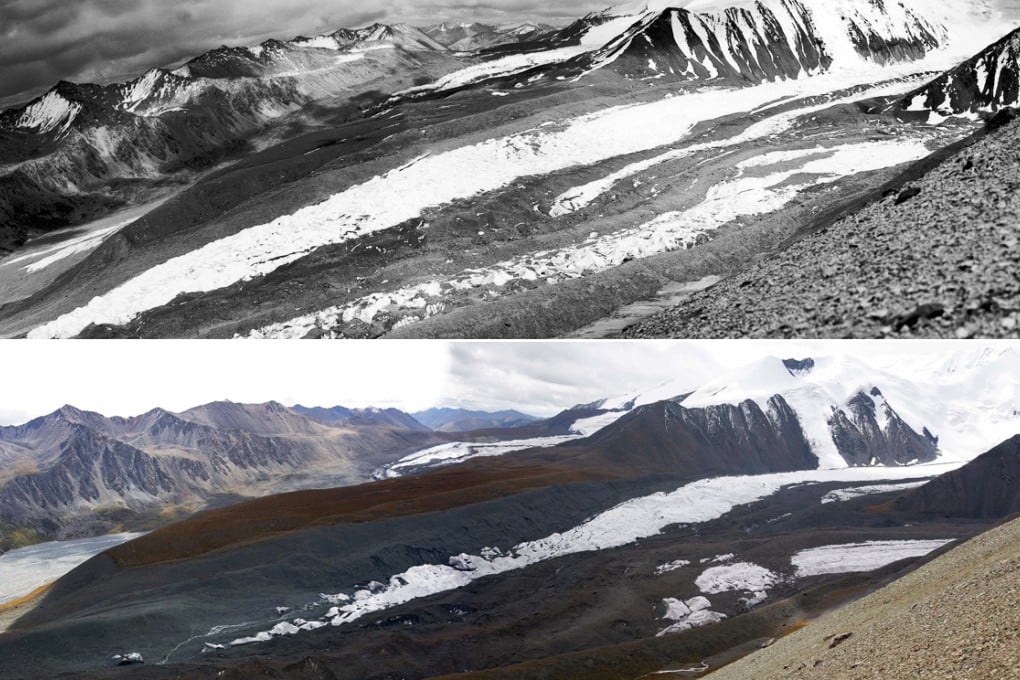China's glaciers shrink by a fifth since the 1950s
Experts warn of domino effect on water supply as comprehensive study into China's glacial ice shows average of 244 sq km goes every year

China's glaciers have retreated by 18 per cent over the past half century, a comprehensive survey has found, as some experts warn of "chain effects" that could have an impact on water supplies in the country's western regions.
An average of 244 sq km of glacial ice had disappeared every year since the late 1950s, according to the Chinese Academy of Sciences, which released its second major survey of the nation's glaciers at the weekend, Xinhua reported.
Snowcaps on the Altai Mountains in Xinjiang and the Trans-Himalaya mountain range are among the worst affected and have shrunk by 37.2 per cent and 32.7 per cent respectively over the past five decades, according to data compiled by the Cold and Arid Regions Research Institute.
The Karakoram and Altyn-Tagh mountain ranges in Xinjiang, the Kunlun Mountains and Changtang plateau in the Tibetan region were less affected and retreated between 8.4 and 11.3 per cent during the period.
China had 48,571 glaciers in its western provinces, including Xinjiang, the Tibetan region as well as Qinghai, Sichuan and Gansu provinces, the institute found, after updating a catalogue compiled in 2002 using remote sensing data.
The survey does not say why the glaciers are retreating but Professor Qin Dahe, former head of the China Meteorological Administration, said global warming was melting glaciers across the world.